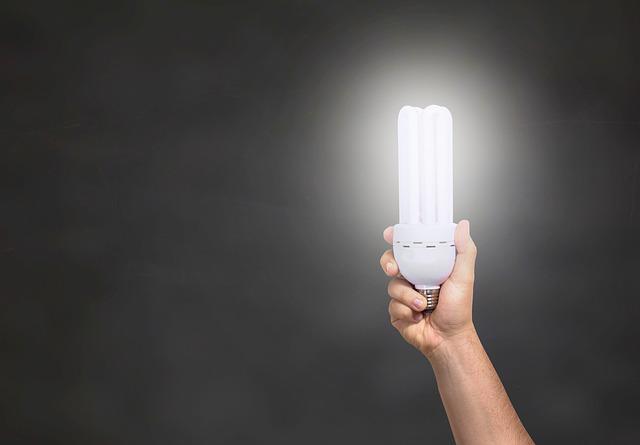Reducing Your Home’s Environmental Impact
When it comes to reducing our carbon footprint, many of us think about driving less and recycling more. But have you thought about how much energy the home you live in uses? If you’re curious, calculate your home’s emissions using this carbon footprint calculator. On average, a home in Michigan uses 3,948kW of energy a month, according to a report from GreenHome Institute. Based on that data, Michigan is in the middle of the pack of states for annual carbon emissions. In this blog post, we will go over the changes you can make to reduce your home’s environmental impact.
Replace Old Insulation
A poorly insulated home can lead to a home using vastly more energy than the average. It is common for your home to have uneven temperatures throughout if your home insulation is needing to be replaced. These uneven temperatures cause your air conditioner and furnace to work much harder, therefore causing your home’s carbon footprint to be larger.
Insulation also helps to keep the warm or cool air from your HVAC system in your home. If your insulation is old, it is easier for the heat or cool air to escape from your home, which then causes the HVAC system to be running more.
Related article: Benefits of Replacing Old Insulation
Consider Renewable Energy

Renewable energy through solar energy or geothermal energy allows your home to make its energy and decrease the amount of energy needed from another source. Renewable energy sources put off different amounts of air pollution. Solar energy has no associated air pollution emissions, while geothermal energy has some, but the amount is minimal compared to natural gas. Solar energy and geothermal energy both have high levels of sustainability so they could be considered a long-term investment in lowering your carbon footprint.
Related article: Should Your Home Switch to a Renewable Energy Source?
Ensure Your Windows and Doors are Properly Sealed
If you’ve ever noticed a draft in your home, windows and doors are the likely sources of the draft. These drafts can lead to your home having uneven temperatures, especially during the coldest and hottest months of the year. Sealing your windows and doors will help even out the temperature in your home which allows your HVAC system to not be constantly running. The small gaps around your windows and doors also allow air to escape from your home, causing you to use more energy.
Related article: Why Window Sealing is Important for a Comfortable Home
Upgrade Your HVAC System
Upgrading your HVAC system can benefit the environment in multiple ways. First, getting an energy-efficient HVAC system that requires less energy to run is one way to help the environment. Second, some older HVAC systems lead to uneven temperatures throughout the home requiring your system to constantly be running. A new system will help regulate the temperature and eliminate the need for your system to be working overtime.
Related article: When is it Time to Replace Your Furnace?
Swap Out Home’s Appliances
In addition to a new HVAC system, you could consider updating your refrigerator, dishwasher, washing machines and more. All these appliances have greatly improved over the years to become more efficient. Aging appliances that were not built with an energy-efficient focus can be costly for both the environment and your energy bill.
Switch Old Light Bulbs

If you’re not ready to make big changes to lower your home’s environmental impact, consider switching old light bulbs. Replace them with a LED light bulb that uses less energy. While this is a small change, doing it throughout your home is a great way to start reducing your home’s carbon footprint.
Before making any of these home improvements to reduce your home’s environmental impact, you should first conduct an energy audit. An energy audit will help you determine what areas your home could benefit from energy-efficient improvements. Contact Ecotelligent Homes today to schedule a home energy audit and start the process of reducing your home’s environmental impact.
